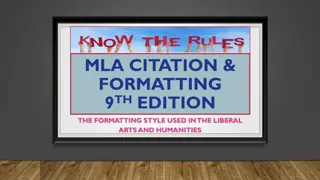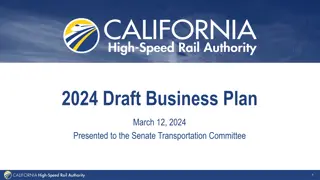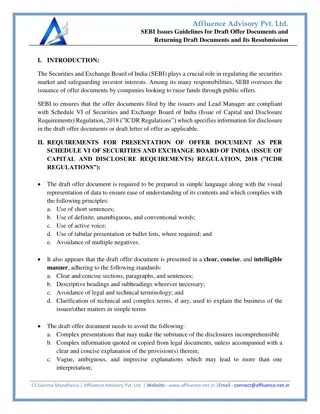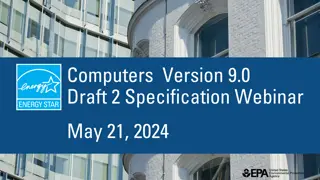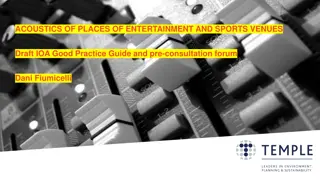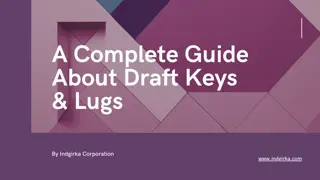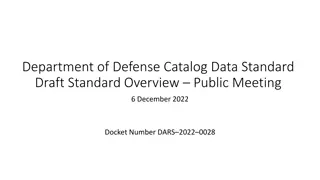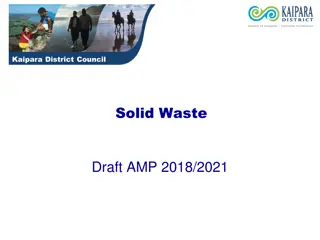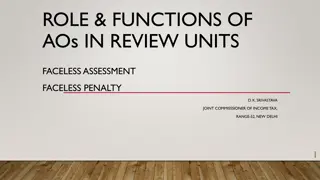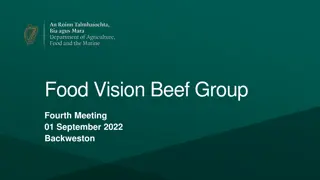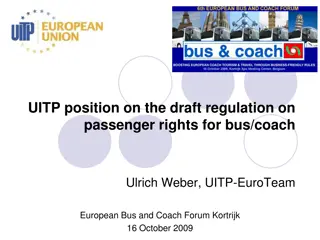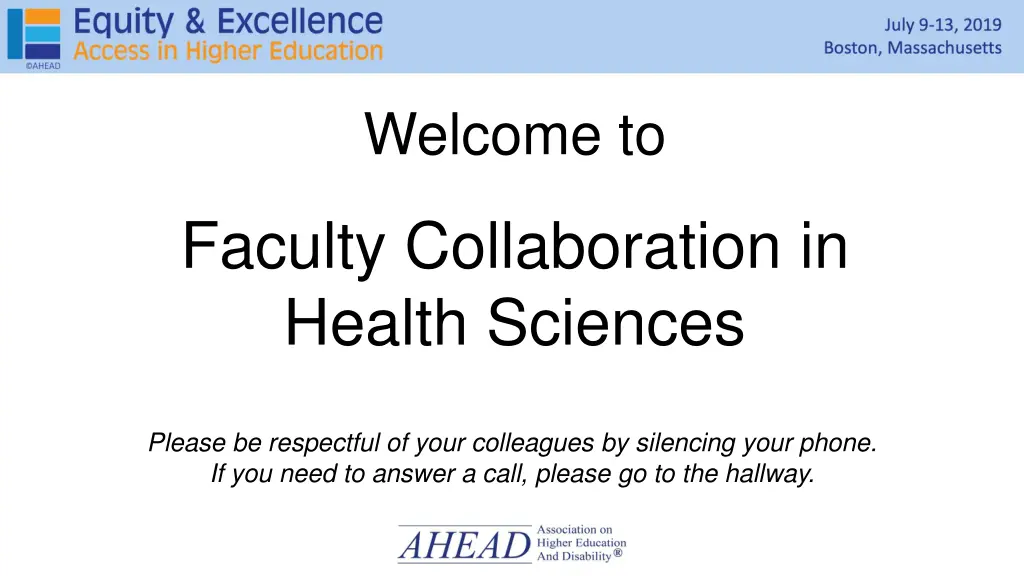
Faculty Collaboration in Health Sciences
Join us in creating a culture of access, inclusion, civility, and respect. Explore operational definitions of buy-in, intentional communication, and campus culture in the health sciences faculty collaboration setting.
Uploaded on | 2 Views
Download Presentation

Please find below an Image/Link to download the presentation.
The content on the website is provided AS IS for your information and personal use only. It may not be sold, licensed, or shared on other websites without obtaining consent from the author. If you encounter any issues during the download, it is possible that the publisher has removed the file from their server.
You are allowed to download the files provided on this website for personal or commercial use, subject to the condition that they are used lawfully. All files are the property of their respective owners.
The content on the website is provided AS IS for your information and personal use only. It may not be sold, licensed, or shared on other websites without obtaining consent from the author.
E N D
Presentation Transcript
Welcome to Faculty Collaboration in Health Sciences Please be respectful of your colleagues by silencing your phone. If you need to answer a call, please go to the hallway.
Conference Inclusion Statement We ask you to join us in creating a culture that reflects Access and Inclusion & Civility and Respect this week and in all aspects of our organization.
Presenters Brandy Lerman, MEd, LPC Amy Robertson-Gann, MS Houston Community College, Coleman College for Health Sciences Northwest Arkansas Community College
Helpful Abbreviations Houston Community College (HCC) Northwest Arkansas Community College (NWACC) Community College (CC) Health Sciences (HS) Clinical Instructors (CIs)
Perspectives Brandy Lerman, MEd, LPC Amy Robertson-Gann, MS HCC Coleman is a flagship CC in Greater Houston Area NWACC is the state s largest CC 20 miles from flagship R1 state institution Located in the heart of Texas Medical Center (TMC) 90+ percentile pass rate on credentialing exams Rivals 4-year programs for clinical placements
Presentation Goals Understand an operational definition of buy-in, and use it to cultivate trust and interdependence with faculty Improve intentional communication by using specific behaviors and dialogue that build rapport and bolster buy-in
Inside Campus Culture Take the Temperature Before Diving In
Faculty Demographics Tenure vs. Non-Tenure Unionized vs. Non-Unionized vs. Faculty Senate Full-time vs. Adjunct vs. Preceptors / CIs
Use Buy-In to Master Common Obstacles Adherence to program policy Dismissals from clinical & practicum sites Clarify understanding of accommodations Intentional precedent-setting Consistent documentation of program decisions Maintain educator role vs. clinical role Complaints and grievances Minimize liability Denial of accommodations Streamline communication
What Is Buy-In? Seek First to Understand Seek Second to Be Understood
Seek First to Understand Practice active listening Facilitate safe space Validate concerns (RE: essential functions) Identify expectations & desired outcome(s)
Seek Second to Be Understood Offer brief summary of similar obstacle(s) in the past Use we when describing legal obligations Provide educational bits about DS Provider responsibilities in ways that directly address concerns / misconceptions Meet faculty at the table and ask for help reaching resolution
Cultural Shift Toward Buy-In Faculty are not necessarily at fault for lacking ADA training in on- boarding & orientation They don t know what they don t know When we remind faculty that students are human, remember that faculty are, too Accept interdependence with fellow content area experts
Wrangle Complex Tasks As A Team How To Effectively Wrangle As A Team
How To Effectively Wrangle As A Team Establish buy-in Action items Pose questions to faculty Conduct differential diagnosis Dictating = bad Student conduct Determine completion timeline Curriculum design Classroom management Let faculty own timeline Program administration Be congruent with policies
Essential Functions: Getting Started Research Provide examples of model institutions used as references Transparency with Deans and Program Directors Gain support from President and Deans Develop specific timeline with multiple progress deadlines
Essential Functions: Getting Organized Psychomotor Skills: gross motor, fine motor, mobility, physical strength & endurance Cognitive Skills: critical & analytical thinking, safety Sensory Skills: observation, perception, interpretation Social-Behavioral Skills: communication, emotional stability, interpersonal skills, ethics & professionalism
Essential Functions: Hard Work Phone and in-person discussions Follow-up emails to document revisions Send notifications for each progress deadline as it approaches Request final approval from each Program Director Anchor a precedent for change by scheduling timeline for annual review
Essential Functions: Vocabulary Revisions Before After Read Observe See, watch Recognize, discern Hear Perceive Speak Communicate Feel Manipulate Move, walk Navigate, maneuver
Essential Functions: Vision Before After Category: Visual Category: Sensory Skills: Perception Standard: Use peripheral vision. Standard: Maintain awareness of peripheral space.
Essential Functions: Speech Before After Category: Communical Skills Category: Social-Behavioral Skills: Communication Standard: Give oral reports. Standard: Provide reports (e.g., about completed work to supervisor).
Essential Functions: Manual Dexterity Before After Category: Fine Motor Skills Category: Psychomotor Skills: Fine Motor Standard: Work with fingers (e.g., manipulate computer hardware, mouse). Standard: Key/type and otherwise operate common desktop computer accessories.
Essential Functions: Emotional Regulation Before After Category: Stress Tolerance Category: Social-Behavioral Skills: Emotional Stability Standard: Requires accepting criticism Standard: Recognize criticism and performance feedback as avenues for improvement.
What to Do and Say: Getting Started & Maintaining Collaborative Interests Review Handout
What Obstacles Do You Have at Your Campus? Discussion
Thank you! Questions? Brandy Lerman, MEd, LPC | brandwyn.lerman@hccs.edu Amy Robertson-Gann, MS | arobertsongann@nwacc.edu
Session Evaluation Please see session moderator for paper evaluation form or complete the evaluation online.

